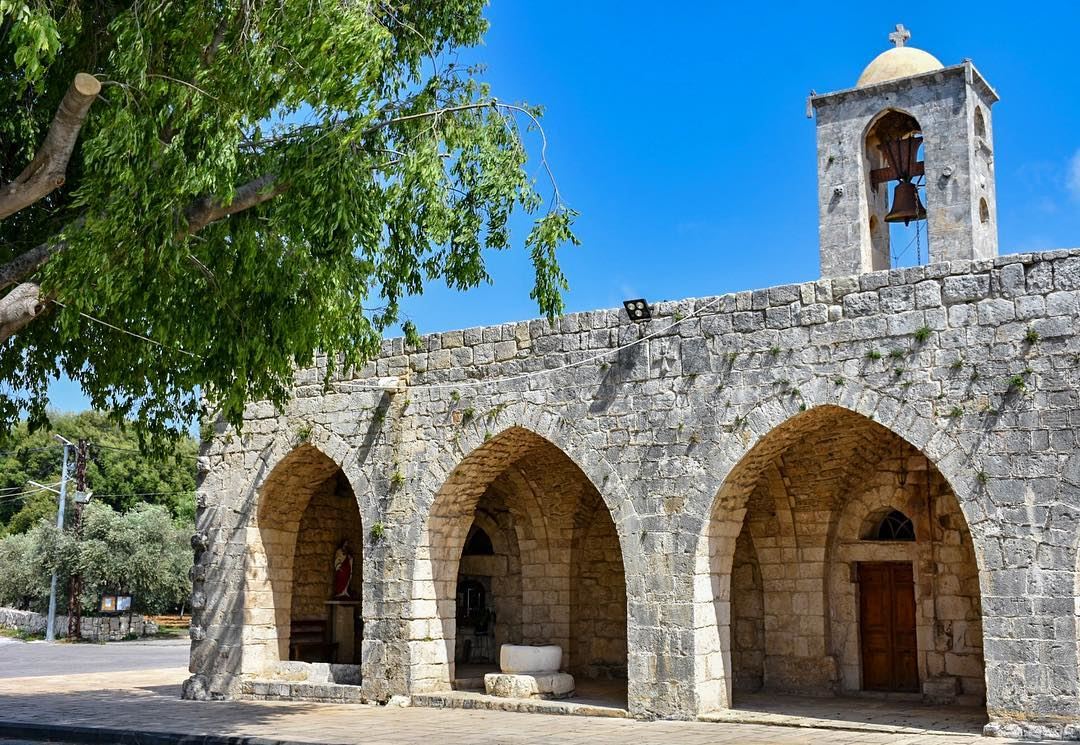The Batroun District is abundant in religious sites. As USAID’s Trade and Investment Facilitation (TIF) project is working to raise the profile of the district and improve its tourism offering, we highlight its religious landmarks.
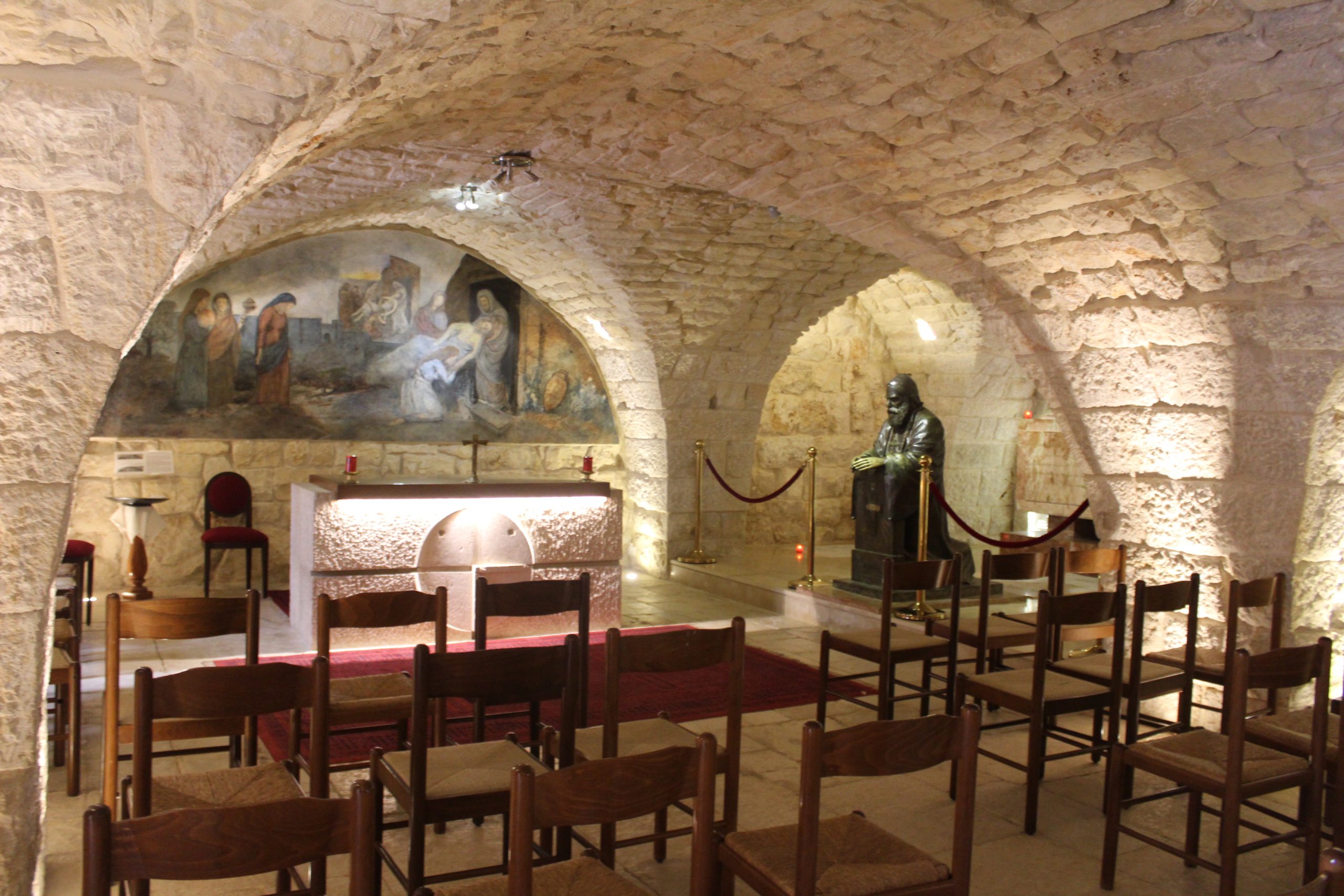
Photo Credit: Nour Farra
Sanctuary of the Patriarch Elias El Howayek (Ibrine)
Established by the Maronite Sisters of the Holy Family in 1896, this sanctuary’s story is one of devotion and dedication.
A true gem within the sanctuary is the crypt, a sacred space housing the tomb of Patriarch Elias Howayek and the founding mothers. Masterful frescoes and intricate statues grace the church’s interior, offering a visual feast for the soul.
In 2014, the unveiling of a museum dedicated to Patriarch Elias Howayek added another layer of depth to the sanctuary’s significance, making it a revered site of pilgrimage.
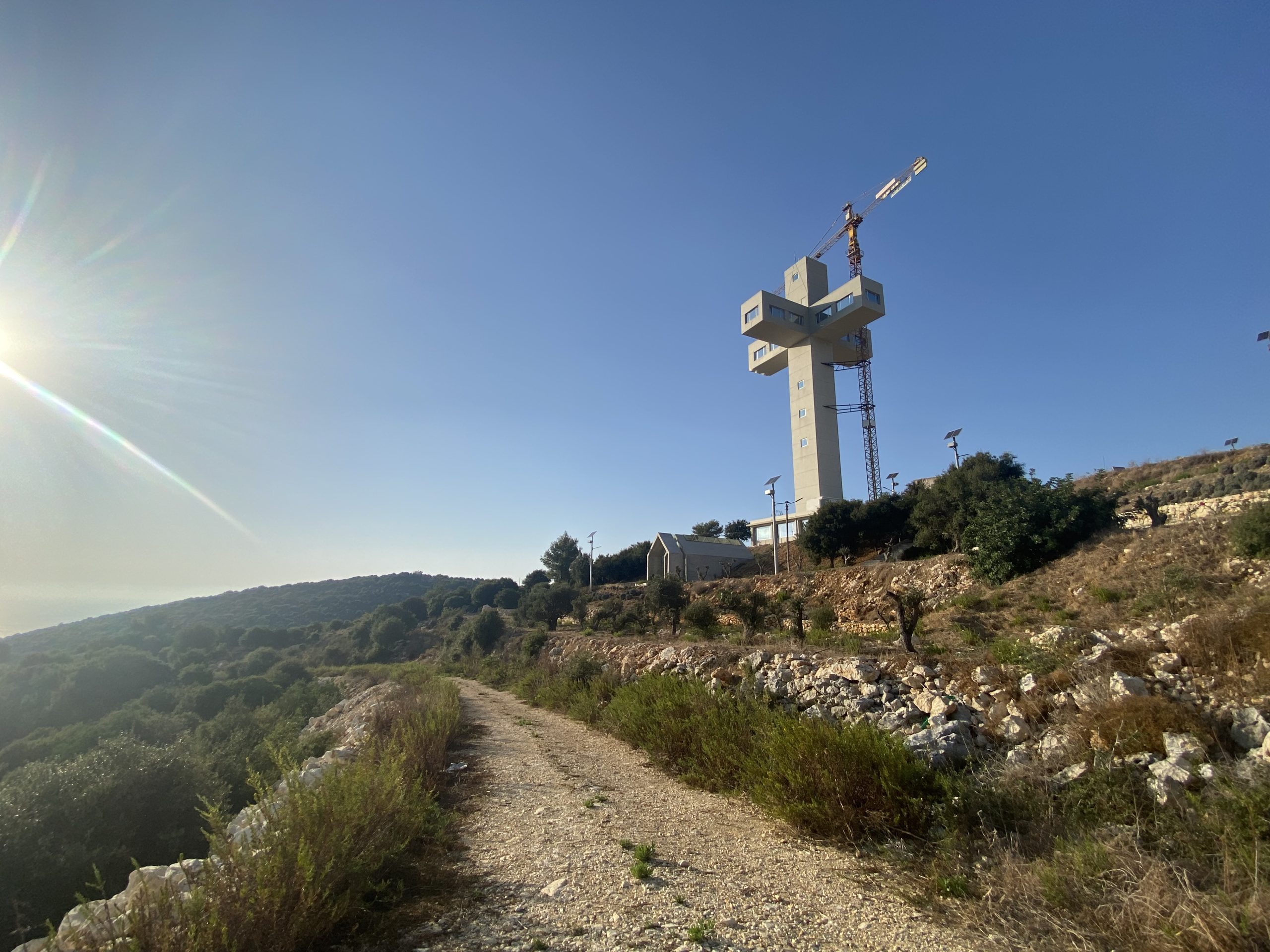
Photo Credit: Nour Farra
Ijdabra Cross (Ijdabra)
The Ijabra Cross is a monumental symbol of hope, peace and unity. At 55 meters tall, it is the world’s largest inhabited cross, a marvel of human achievement. Its profound message is not confined to its towering presence; it also encompasses a visionary project that fosters spiritual growth, economic vitality and environmental stewardship.
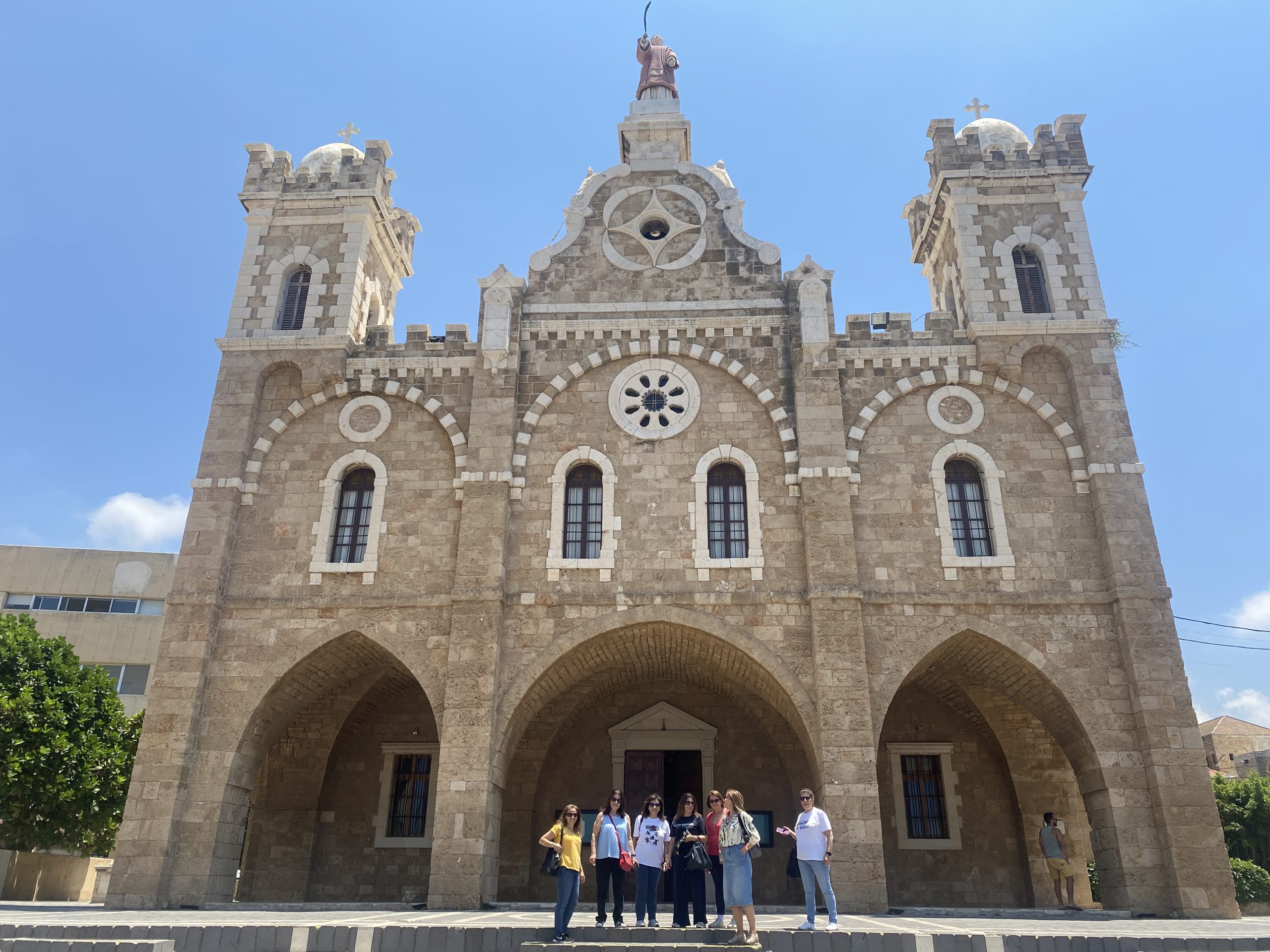
Photo Credit: Nour Farra
Saint Stephen’s Cathedral (Batroun)
Designed by the gifted architect Giuseppe Maggiore, Saint Stephen’s Cathedral seamlessly blends elements of Byzantine, Roman and gothic art. Overlooking the fishermen’s port, it stands as a testament to the town’s deep-rooted connection to faith and maritime heritage.
Saint George Church and Saint Nohra Church (Simar Jbeil)
The ancient Greek Orthodox Church of Saint George boasts exquisite craftsmanship that tells the tale of faith’s endurance through the ages. It features a limestone gateway and intricate vaults.
Meanwhile, Saint Nohra Church is located on a rocky cliff. The church contains fragments of a Roman temple and features an impressive bell tower and a beautiful stone staircase.
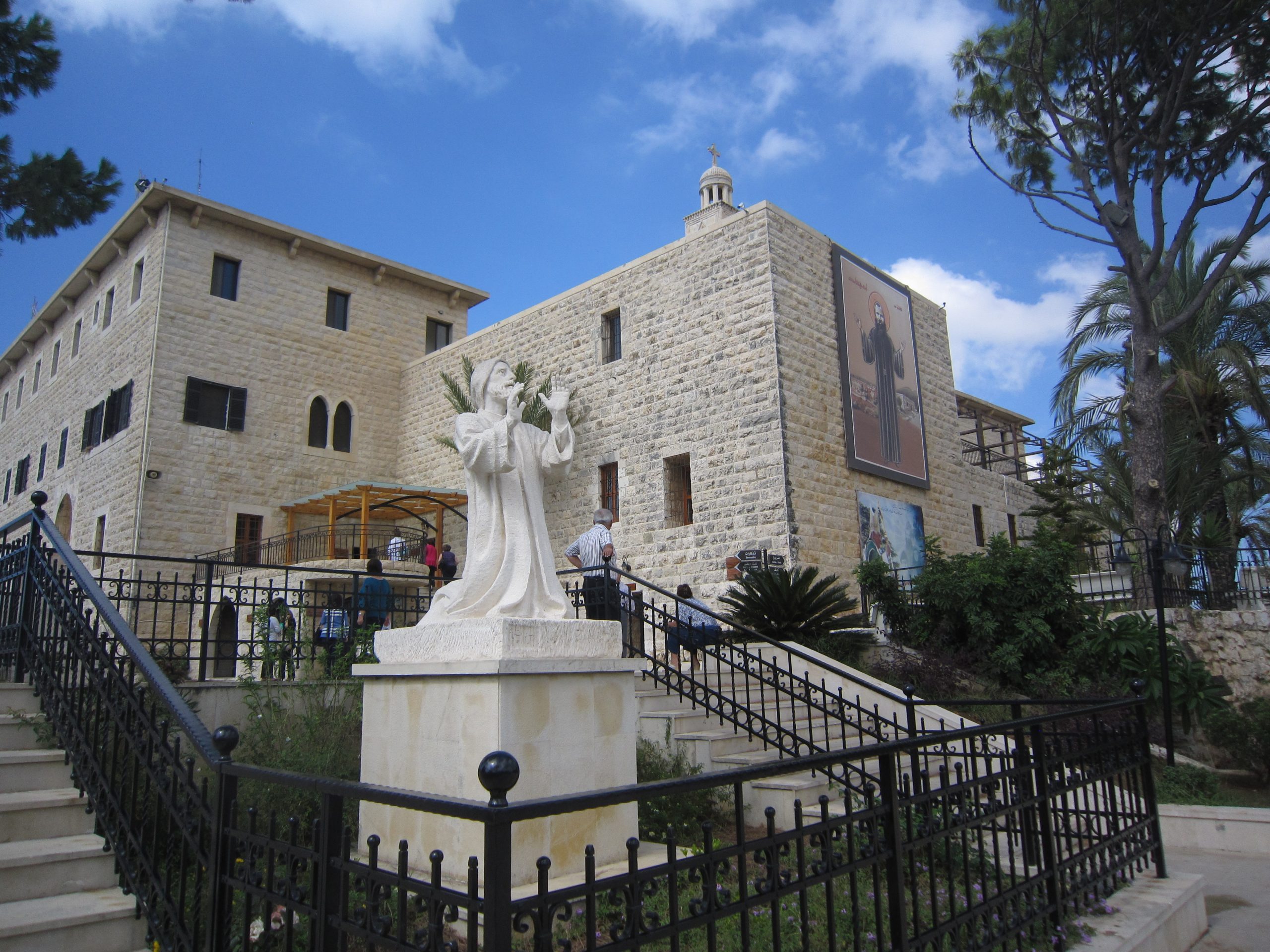
Photo Credit: Nour Farra
Monastery of Saint Cyprian and Justina (Kfifane)
Built in honor of martyrs Cyprian and Justina, the monastery is surrounded by vineyards and fruit trees, providing a serene backdrop for reflection and prayer.
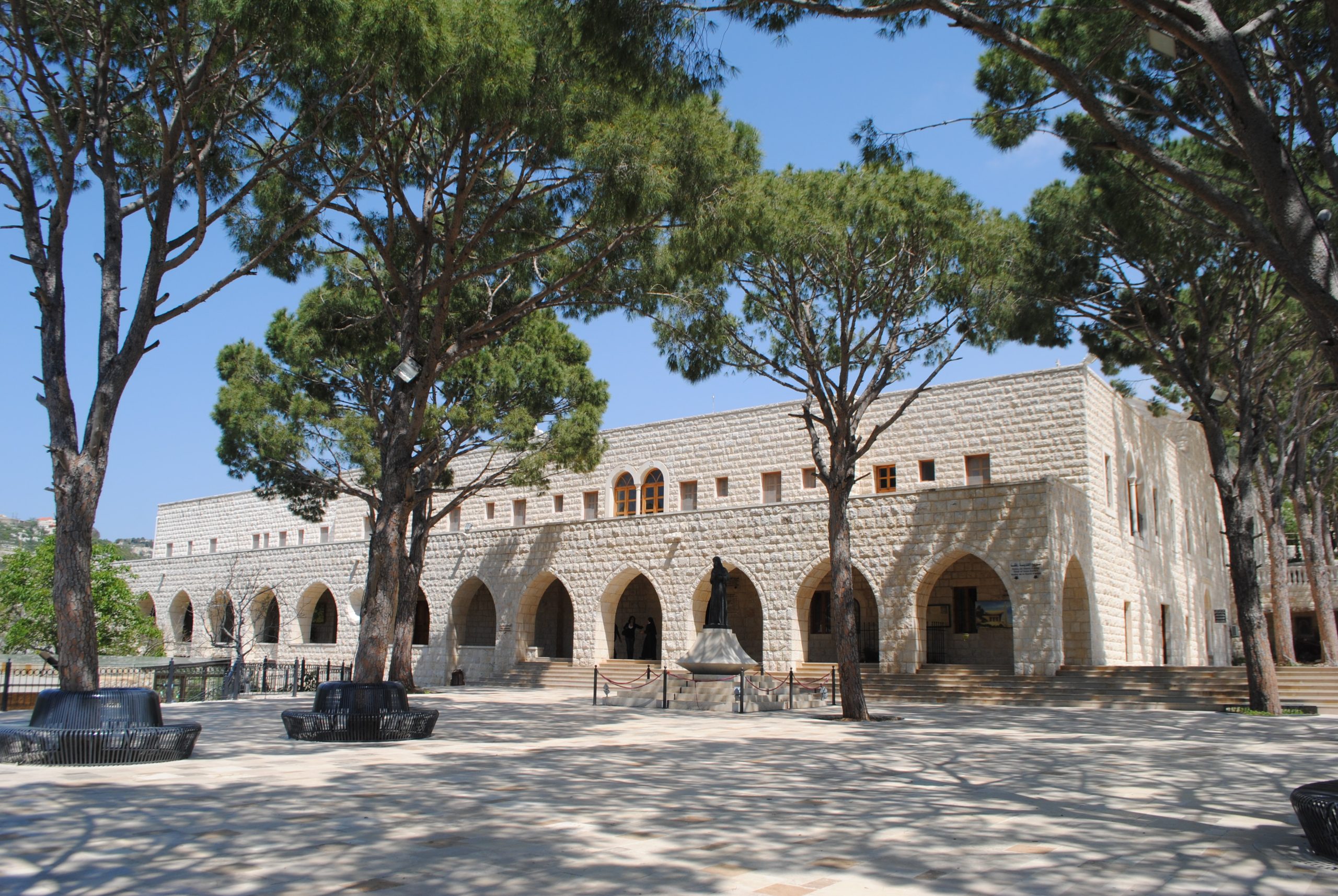
Photo Credit: Nour Farra
Monastery of Saint Joseph (Mar Youssef Al Dahr) (Jrabta)
Located at 350 meters above sea level, the Monastery of Saint Joseph lies on the Al Dahr plateau near Mount Jrabta in Batroun and serves as the tomb of Saint Rafqa. The Lebanese Maronite Order monks, assisted by the nuns, tend to the sanctuary.
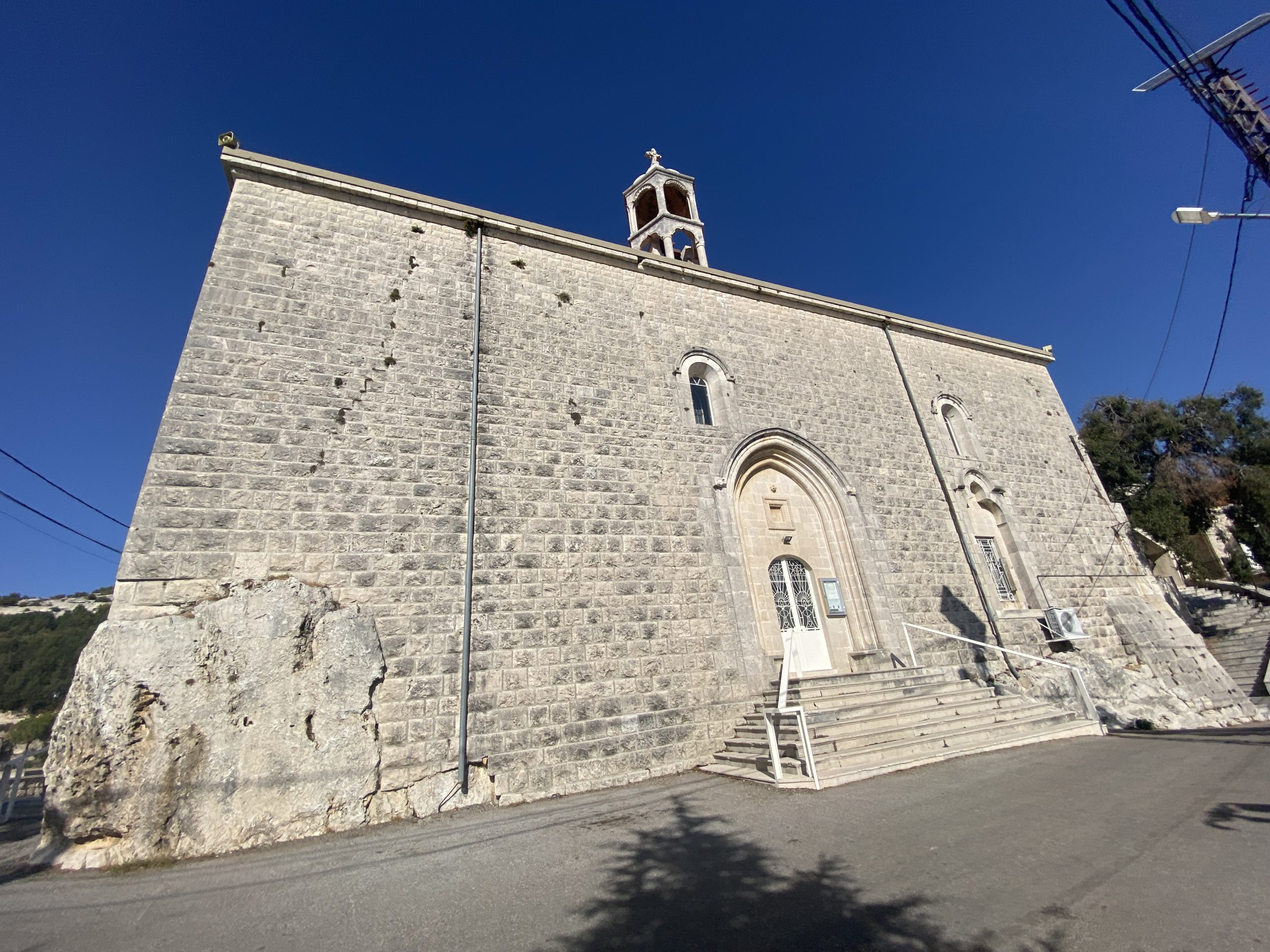
Photo Credit: Nour Farra
Saydet El Blata and Saint Stephen’s Pastoral Church (Bchaaleh)
With a history dating back to the 1500s, this church has survived demolitions and emerged stronger than ever, thanks to the efforts of the Bchaaleh Charitable Society. Its annual commemoration of the Assumption of Mary is a heartwarming tradition that unites the community in faith.
St. Stephen’s Pastoral Church beckons with its modest charm and architectural prowess. Reconstructed in 1880, the use of cornerstones and the exquisite depiction of Saint Stephen by the Italian artist Joste create a spiritual ambience that resonates deeply with visitors.
For more information concerning these Religious Sites, you can contact Dr. Nour Farra +961 3 733 818.
This article is part of a joint project to promote tourism destinations across Lebanon, launched by the Trade and Investment Facilitation (TIF) activity, funded by the United States Agency for International Development (USAID), and Hospitality Services. The content of this article is the sole responsibility of Hospitality Services, and does not necessarily reflect the views of USAID or the United States Government.
Loading

